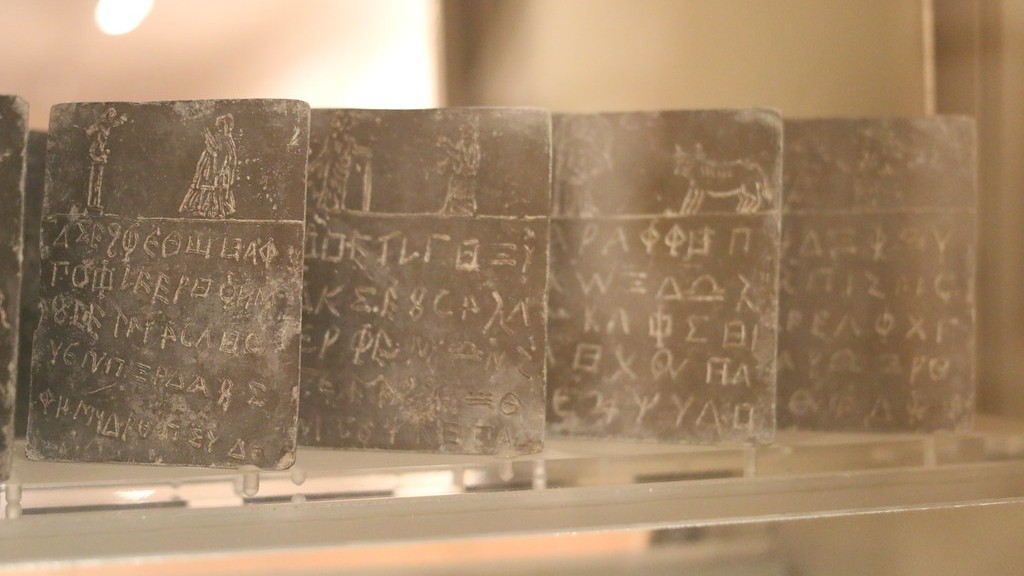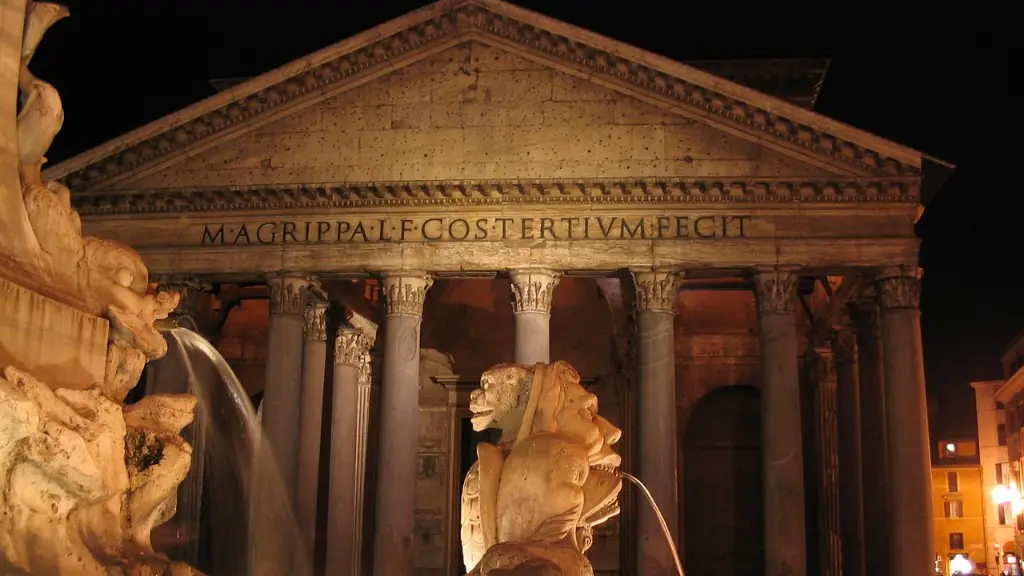Types of Slaves Used in Ancient Rome
The Roman Empire greatly relied on slaves, with records indicating that over 25 to 30 percent of their population were slaves. Throughout Roman history, slaves were acquired in a variety of ways, including conquest, purchase in slave markets, or born of slave parents. Ancient Roman slaves served in a range of roles, from manual labor, to administrative assistants, and even soldiers.
Child Slaves
Often the most vulnerable in society, children were often taken from their homes to be slaves. Many were kidnapped or sold by parents in times of financial trouble. Children could be used in many areas of life, but mainly they worked as domestic servants, gardeners, and as labourers in public works. Roman law also allowed children to own other slaves.
Foreign Slaves
Slaves captured in wars or purchased through slave markets made up a significant portion of the Roman slave population. From the first century B.C., vast numbers of slaves were recruited from outside the bounds of the Roman Empire. Mortals living in non-Roman countries were considered easy to control being unfamiliar with Roman language and Roman law. Consequently, large numbers of foreign slaves were sold at auctions or in slave markets.
Grain Slaves
One of the most profitable sources of Roman slaves were grain slaves, also known as actuarii. Grain slaves were used to store grain and keep records of how much was stored, shipped and sold. Grain slaves were recruited from the local population, or purchased from foreign slave markets to handle the grain duties. These duties were often thought to be unpleasant and demeaning, but were essential for the smooth running of the Roman Empire.
Gladiator Slaves
Gladiator slaves were usually slaves bought to entertain the public in the Roman Colosseum. Many gladiator slaves were prisoners of war, but some were also bought as slaves, although they were owned by their master. Many slaves found themselves in this role through no choice of their own. Gladiators could gain social and economic benefits, such as freedom. However, their lives were dangerous, and most ended in early death.
Freed Slaves
In ancient Rome, slaves could be freed by their owners through a process called manumission. This was often done as a reward for good service, or as an act of kindness from the slave’s owner. Freed slaves were given Roman citizenship and the same rights as any other citizen. Freed slaves could then find work and start their own families. This gave those living in poverty a chance to raise their social and economic status.
Public Slaves
Public slaves worked for and were controlled by the government. They could be used for a variety of purposes, ranging from construction projects to government bureaucracy. Public slaves were usually freed after a certain number of years; however, if they were granted Roman citizenship, they could be freed sooner. Public slaves often had better working conditions than other slaves and were protected by Roman law.
Personal Slaves
Personal slaves were common among wealthy Roman citizens who used them in a variety of roles, including domestic servants, cooks, secretaries and bodyguards. Personal slaves were often recruited from the local population or purchased from foreign slave markets. These slaves usually received better treatment than other slaves, but still faced harsh punishments for misbehaving.
Tax and Tribute Slaves
The Romans regularly demanded taxes and tribute from conquered peoples to fund Roman projects. To pay these taxes, some of the conquered people were forced into slavery, and sent to Rome or other parts of the empire for labour. This practice was especially common in areas with large conquered populations, such as Dacia and Gaul.
Political Slaves
Political slaves were those taken from conquered tribes who were sent to Rome to act as witnesses to the conquering Roman forces. These political slaves would be questioned by the Romans, and forced to provide answers regarding the defeated tribe’s customs and beliefs. In some cases, these political slaves also acted as hostages to ensure the conquered people behaved in accordance with Roman laws.
Educational Slaves
Educational slaves were used a form of tutor and assistant for wealthy citizens, who used them to teach their children. They were usually carefully selected to ensure the children received a quality education. The slaves would help the children to learn basic reading, writing and arithmetic skills, while also helping them to understand Middle Eastern philosophy and literature.
Animals
Animals can also be considered “slaves” during the Roman Empire. Animals were used for various purposes, such as transportation, farming, entertainment, and also for military purposes. Animals were also frequently used in gladiator exhibitions and fights. Even though animals were not considered proper citizens and had no legal rights, they were still important members of society and had a place in the Roman Empire.
Conclusion
Slaves were a key part of the Roman Empire and it is estimated that at any given time there were over 4 million slaves in the Roman Empire. Slaves could be found in all walks of life, from manual labor to educational tutors, and were vital to the functioning of the empire. The use of slaves in the Roman Empire demonstrates the complex nature of this ancient civilization.



